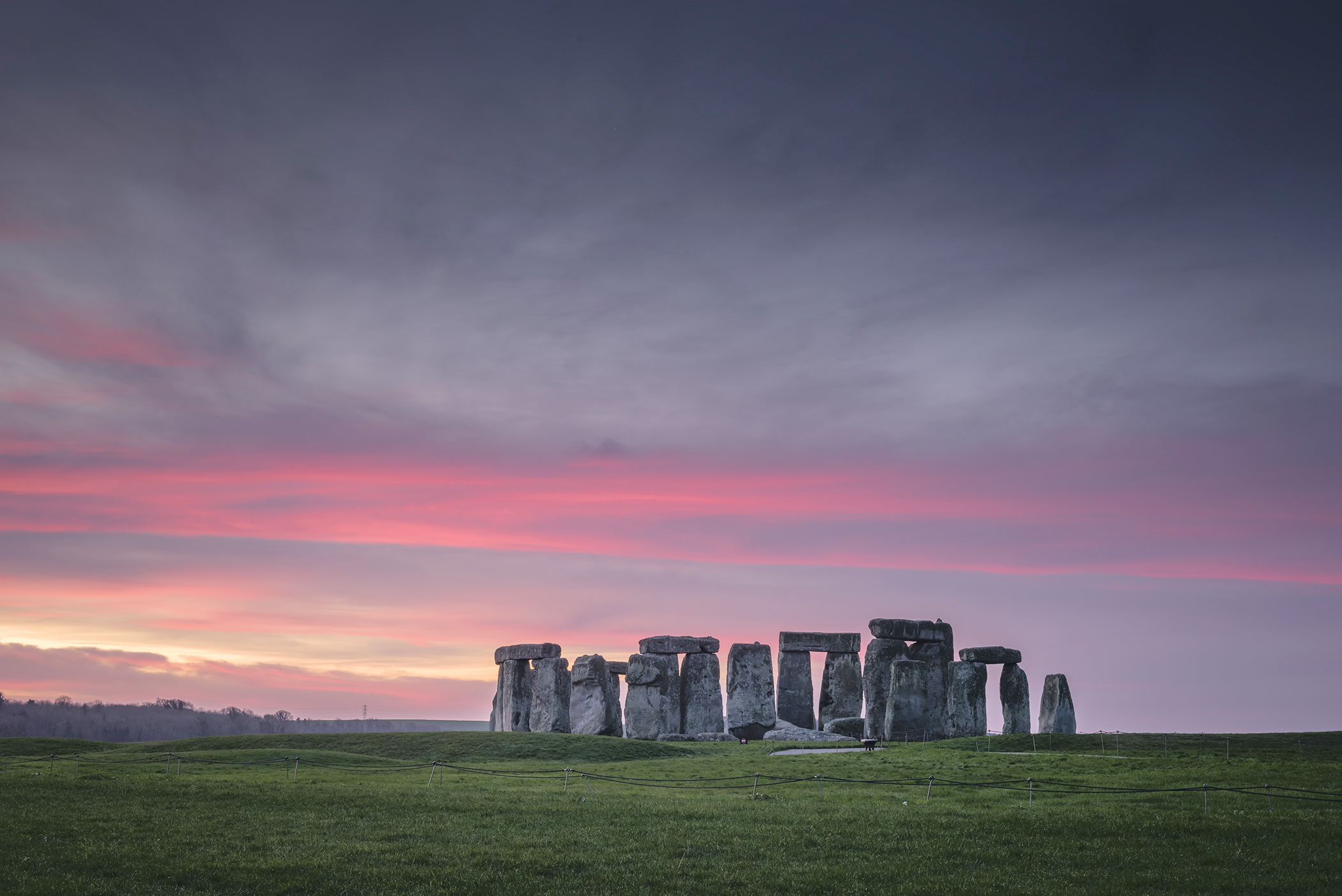
The British government has greenlit a controversial plan to build a 1.8-mile two-lane highway underneath Stonehenge, the iconic array of 4,000-year-old pillars in the south of England.
Transport Secretary Chris Grayling said in a statement that the “major investment”, which is part of a £15bn ($18bn) road upgrade scheme, will “benefit those locally by cutting congestion and improving journey times” as well as “boost the economy, linking people with jobs and businesses with customers.”
The ancient stone circle, which attracts upwards of one million visitors a year and thousands on the day of the Winter Solstice, is currently accessible only by a single-lane road — the A303 — that is frequently gridlocked with trucks, tourist buses and other visitor traffic.
The upgraded plan would divert the road beneath the ground where Stonehenge sits, transforming it into a two-lane tunnel that would lessen traffic and noise pollution and be a more effective link to larger highways nearby.
But the plan has already faced vehement opposition from locals, campaign groups and historians who are concerned that the work will cause irreparable damage to the prehistoric monument’s unique surroundings.
“The issue is that Stonehenge is about much more than just the stones,” British writer and historian Tom Holland told TIME. “Although the tunnel will not damage the stones themselves, building the portals will require a lot of disruption to the landscape.
“Stonehenge exists within the context of an extant prehistoric landscape; it’s full of monuments reaching back to the very beginnings of Britain, to the Mesolithic Period [8500BC to 4000BC] when humans first arrived in the U.K. after the end of the last ice age. There is no landscape equivalent to the Stonehenge landscape anywhere else in Europe; it’s incalculably precious.
“The idea that we would obliterate that archaeology and destroy the chance of discovering about the very origins of people on this island, all in the cause of speeding journeys up by 10 minutes, seems monstrous to me.”
Andy Rhind-Tutt, chairman of Amesbury town’s Heritage Trust and Museum, which explores Stonehenge’s history, slammed Grayling’s plan, calling it “a temporary solution for today” rather than “a radical solution that deals with all issues for now and the future”.
He compared the proposed building of the tunnel to “plough[ing] a self-destructing time bomb straight through a World Heritage site,” adding that it “would be a complete ecological and environmental disaster.”
Archaeologist David Jacques is the project director of an internationally significant Mesolithic archaeological site called Blick Mead, roughly one mile from Stonehenge. In Oct. 2016, his team unearthed a tooth at the site, believed to be from a pet Alsatian-type dog that travelled 250 miles from the city of York with its owner.
The find is thought to be evidence of the earliest journey in British history. “Discoveries like this give us a completely new understanding of the establishment of the ritual landscape and make Stonehenge even more special than we thought we knew it was,” Jacques told the BBC at the time.
Speaking to TIME on Thursday, Jacques described Grayling’s plan as “outrageous”. “The government is slamming the door shut on Stonehenge’s backstory, which Blick Mead has been doing so much to illuminate for the first time,” he said. “Understanding the origins of the establishment of the Stonehenge landscape is key to us understanding why the monuments were built where they are and what they are for.
“Our children and grandchildren should be in the position where no research avenue is closed off to them. It is arrogant of the government to take the opportunity for future research away from us all. Stonehenge is ours and the whole world’s, and it should be available to be studied in perpetuity.”
Campaign group Stonehenge Alliance is fighting against the proposed tunnel, petitioning the government to change course to preserve the local landscape. “Future generations would be appalled at those who decided that road widening should be at the expense of England’s most iconic World Heritage Site,” the campaign reads.
With 22,647 out of 25,000 signatures already gained, the group looks likely to bring its opposition to the attention of Westminster – but it’s unlikely that that will be enough to save the 5,000-year-old monument from the march of progress.
More Must-Reads From TIME
- The 100 Most Influential People of 2024
- Coco Gauff Is Playing for Herself Now
- Scenes From Pro-Palestinian Encampments Across U.S. Universities
- 6 Compliments That Land Every Time
- If You're Dating Right Now , You're Brave: Column
- The AI That Could Heal a Divided Internet
- Fallout Is a Brilliant Model for the Future of Video Game Adaptations
- Want Weekly Recs on What to Watch, Read, and More? Sign Up for Worth Your Time
Write to Kate Samuelson at kate.samuelson@time.com